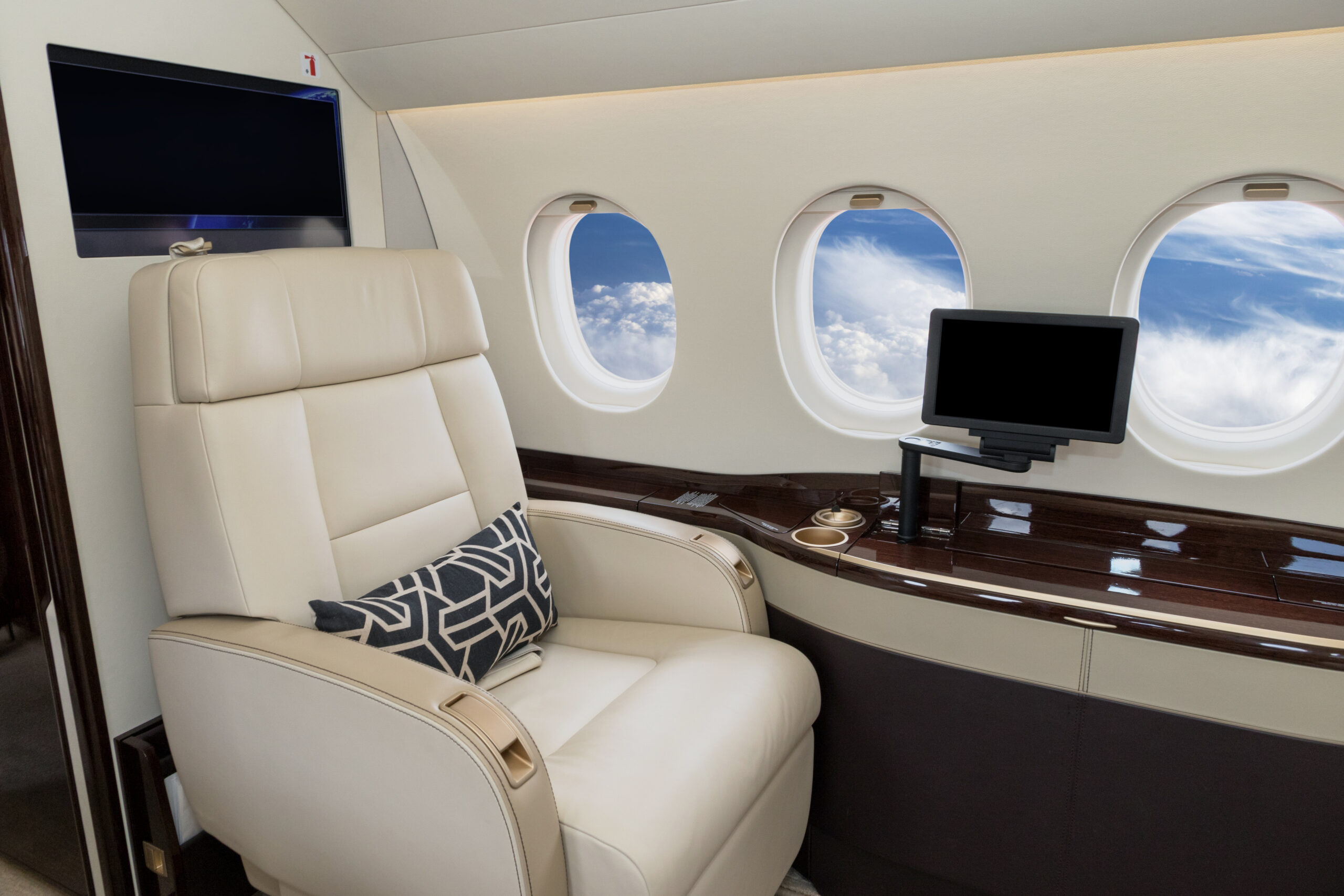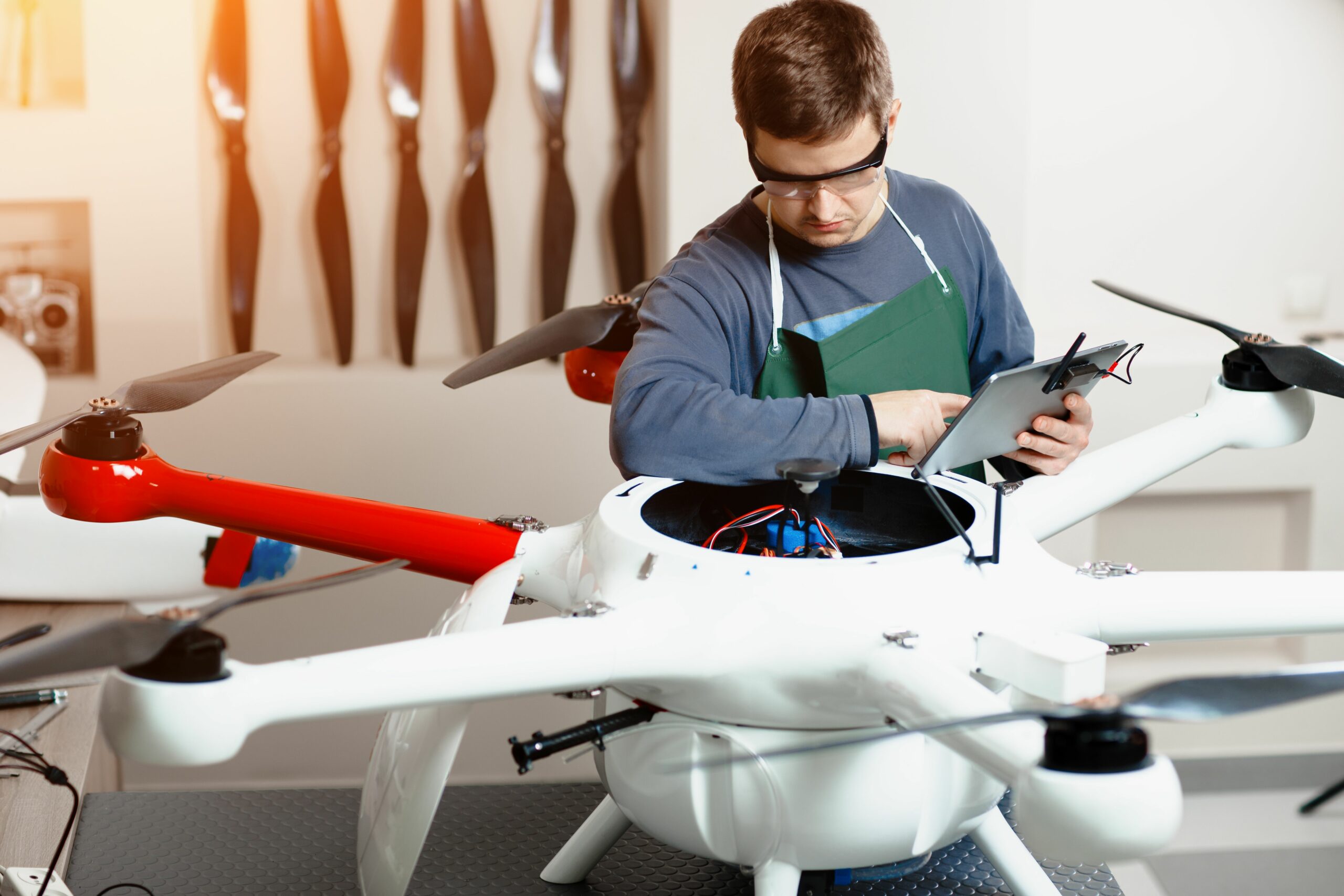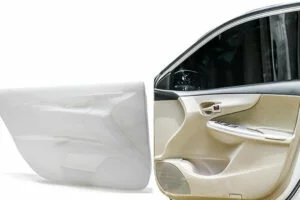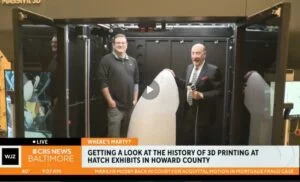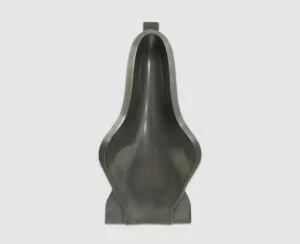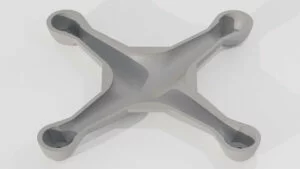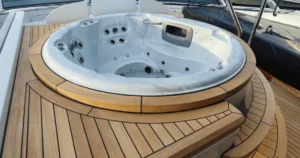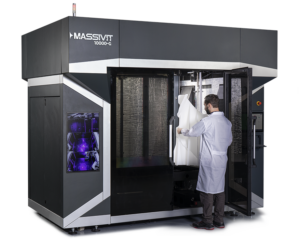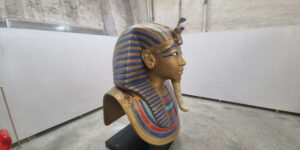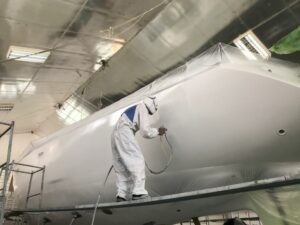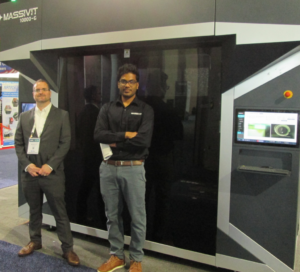This rapidly evolving field could revolutionize aircraft design and manufacture, driving new efficiencies and innovations in an industry known for its precision and technical sophistication.
The Impact of Large-Scale 3D Printing in Aerospace
Aerospace manufacturing has always presented unique challenges. These include the need for precise, lightweight components, high costs of developing and storing spare parts, and long lead times for traditionally manufactured items. Enter 3D printing, a technology that allows for rapid prototyping, customization, and the production of complex, lightweight designs.
Large-scale 3D printing takes these benefits a step further. It allows for the production of larger parts, reducing assembly requirements and further speeding up the manufacturing process. This can lead to substantial cost and time savings, all while maintaining or even improving the quality and performance of components.
Potential Applications of Massivit’s 3D Printing in Aerospace
Massivit’s large-scale 3D printing technology can be deployed in several critical areas of aerospace manufacturing:
- Design and Prototyping: In the aerospace industry, designing and testing are crucial steps in product development. With Massivit’s 3D printing technology, large and intricate parts, such as wing sections or fuselage models, can be rapidly prototyped at a fraction of traditional manufacturing costs. This allows engineers to evaluate designs and make necessary modifications efficiently, speeding up the overall design process and reducing time to market.
- Manufacturing: 3D printing can produce a range of essential production tools like jigs, fixtures, molds, and mandrels on demand. For example, a complex mold required for casting a new jet engine component can be printed directly, eliminating the need for a lengthy fabrication process. This reduces inventory needs and allows for more flexible production scheduling and more efficient use of resources.
- Customization: The ability to customize parts with 3D printing opens up a new world of possibilities for tailoring aircraft to specific requirements. For instance, unique interior fittings for luxury private jets, or specially designed components for drones or small satellites can be created with high precision. This level of customization enhances both performance and user experience.
- Repairs: Regarding repairs, speed is of the essence in the aerospace industry. Damaged parts, such as a broken cabin fixture or a damaged drone propeller, can be replaced quickly and easily using 3D- printed parts. This means less downtime, lower maintenance costs, and increased operational efficiency.
The Unique Advantages of Massivit’s Large-Scale 3D Printers in Aerospace
Massivit’s 3D printers stand out in the large-format segment with their innovative Gel Dispensing Printing (GDP) and Cast In Motion (CIM) technologies.
GDP in Aerospace Applications
GDP is ideal for creating large, lightweight structures quickly and efficiently. GDP’s rapid curing and gel-like material properties allow for freeform printing, enabling the creation of complex geometrical shapes without the need for support structures. For instance, aerospace engineers could use GDP to rapidly prototype significant fuselage components, tail sections, or wing parts. Compared to traditional manufacturing methods, these can be created more quickly and at a fraction of the cost. It also opens the door to innovative design possibilities, including structures optimized for weight reduction and improved aerodynamics.
CIM in Aerospace Applications
On the other hand, CIM technology is ideal for casting large, industrial molds with high surface quality, a significant requirement in the aerospace industry. By combining 3D printing with casting techniques, CIM enables the creation of large, intricate molds for aerospace components. For example, it could be used to create a mold for a complex engine casing or a large aircraft door frame. This technique significantly reduces material usage and production time compared to conventional mold-making methods. It can also be used to produce industrial molds for thermoforming. Furthermore, as the mold is 3D printed, it can easily be modified or reproduced as needed, allowing for efficient iterations or customized manufacturing runs.
Overcoming Challenges with 3D Printing in Aerospace
While 3D printing presents numerous benefits for the aerospace industry, it also brings a set of challenges. Regulatory compliance, material certification, and the need for advanced quality control are among the hurdles that need to be addressed.
Massivit is acutely aware of these challenges and is continually evolving its technology and processes to meet the rigorous standards of the aerospace industry. It is in constant dialogue with regulators and industry experts to ensure that its large-scale 3D printing solutions are ready for the rigorous aerospace manufacturing environment.
Looking Ahead: The Future of 3D Printing in Aerospace
As 3D printing technology continues to advance, its role within the aerospace sector is likely to grow. From more extensive use of advanced materials to further development of software and quality control methods, there’s much to look forward to.
Massivit is staying ahead of the curve by continually innovating and adapting its technology to better meet the needs of the aerospace industry. Its large-scale 3D printers are well-positioned to take full advantage of the new opportunities that the future of aerospace manufacturing will bring.


